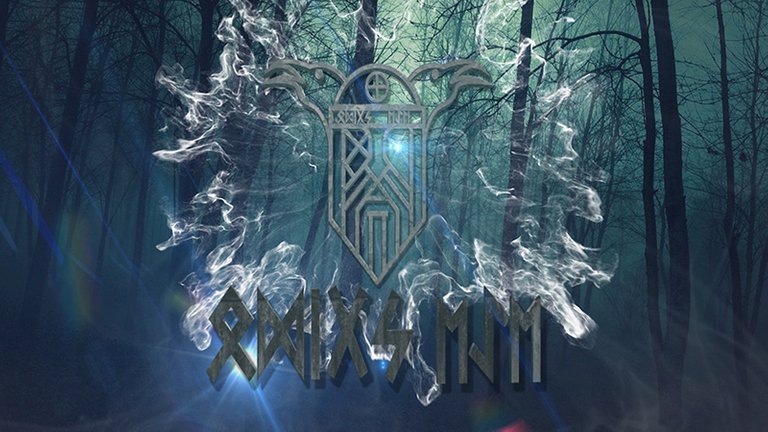
A Protein Found in the Saliva Samples of Sub-Saharan Africans Offers Evidence that Strongly Contradicts the ‘Out of Africa’ Theory for Human Origins. Scientists from the University of Buffalo stumbled on the genetic marker for an unknown African interbreeding event while researching the evolution of an important mucin protein called MUC7.
Sub-Saharan Africa has long been considered the birth place of humanity. The region’s Khoisan population is heralded as the oldest known human lineage on Earth, surviving remnants of the population ancestral to all modern humans. The University of Buffalo research program, headed by Omer Gokcumen, Ph.D., assistant professor of biological sciences, and Stefan Ruhl, DDS, Ph.D., a professor of oral biology, has uncovered startling data that potentially displaces Sub-Saharan Africans as being ancestral to all humans.
“Our research traced the evolution of an important mucin protein called MUC7 that is found in saliva,” explains Gokcumen. “When we looked at the history of the gene that codes for the protein, we see the signature of archaic admixture in modern day Sub-Saharan African populations.”
In recent years gene studies have revealed that the ancestors of modern humans in Asia and Europe interbred with other variants of the human family, among these were Neanderthals and Denisovans. The MUC7 research adds to growing evidence that ancient Africans also encountered and interbred with local hominin populations.
“It seems that interbreeding between different early hominin species is not the exception — it’s the norm,” says Omer Gokcumen
During the research, the MUC7 genes within more than 2,500 modern human genomes were examined closely. What they found astonished everyone, a group of genomes from Sub-Saharan Africa presented a variant of MUC7 that was extremely different to versions observed in all other modern human populations.
The Sub-Saharan variant of the gene was so far apart in the results that even Neanderthal and Denisovan MUC7 genes were more closely related to those of non-African modern humans. Neanderthals and Denisovans are both non-African human lineages that lived largely in Asia; there is no evidence that they ever lived in Africa.
“Based on our analysis, the most plausible explanation for this extreme variation is archaic introgression — the introduction of genetic material from a ‘ghost’ species of ancient hominins,” Gokcumen says. “This unknown human relative could be a species that has been discovered, such as a subspecies of Homo erectus, or an undiscovered hominin. We call it a ‘ghost’ species because we don’t have the fossils.”
The team used known mutation rates (molecular clocks) to calculate when the Sub-Saharan Africans had acquired their variant of the MUC7 protein, the result suggested the interbreeding event was close to 150,000 years ago. The genetic analysis also revealed that the Hominin group responsible had been on a separate evolutionary path for around 1.5 to 2 million years.
Homo erectus populations diverged around 2 million years ago, forming distinct groupings in Africa and Asia, this makes it very likely that the ‘ghost population’ were, in fact, descendants of African Homo erectus (also known as Homo ergaster). Asian Homo erectus gave rise to Neanderthals and Denisovans, as well as various other now extinct human forms.
What makes the MUC7 research so exciting, and potentially so very controversial, is that the variation in the protein is unique to Africans, despite that fact that the interbreeding event responsible occurred long before the colonizing of Eurasia.
Human origins researcher, Bruce R. Fenton, sees the University of Buffalo study as yet more evidence that the Out of Africa Theory is wrong, a claim central to his recently published book, The Forgotten Exodus: The Into Africa Theory of Human Evolution.
“The obvious interpretation of the data in is that a wave of early Homo sapiens migrated out of Southeast Asia and into Africa sometime between 200 – 150 thousand years ago. We have anatomically modern human fossils from this given period already uncovered in China and East Africa. The population that these migrants interbred with is almost certainly AfricanHomo erectus, the dates all fit like a hand in a glove,” says Fenton.
If all modern humans arose from Sub-Saharan Africans migrating out of Africa between 70 – 60 thousand years ago, we should see the same MUC7 protein everywhere. The fact that Sub-Saharan Africans have a unique variant strongly suggests that these populations arrived in Africa after diverging from other Homo sapiens populations elsewhere, most likely in Asia.
Fenton also highlights the similarity observed between the saliva protein in non-Africans and other non-African hominins, “The discovery that non-Africans carry an MUC7 genetic signature far more like that of Neanderthals and Denisovans, very unlike Sub-Saharan Africans, strongly suggests a shared Asian genesis for all three human populations. The likely source population for all of these human lineages would be Asian Homo erectus, and the geographic locations associated with their emergence Australasia and Southeast Asia.”
The Buffalo University research was published on July 21 in the journal Molecular Biology and Evolution.
...
Source
Also read: New Genetic Studies Confirm: The Ancient Egyptian Kings Were Aryan White, Blonde Haired & Blue Eyed
Further reading and sources

and that means ????
Congratulations @dailybitcoinnews! You have completed some achievement on Steemit and have been rewarded with new badge(s) :
Click on any badge to view your own Board of Honor on SteemitBoard.
For more information about SteemitBoard, click here
If you no longer want to receive notifications, reply to this comment with the word
STOP